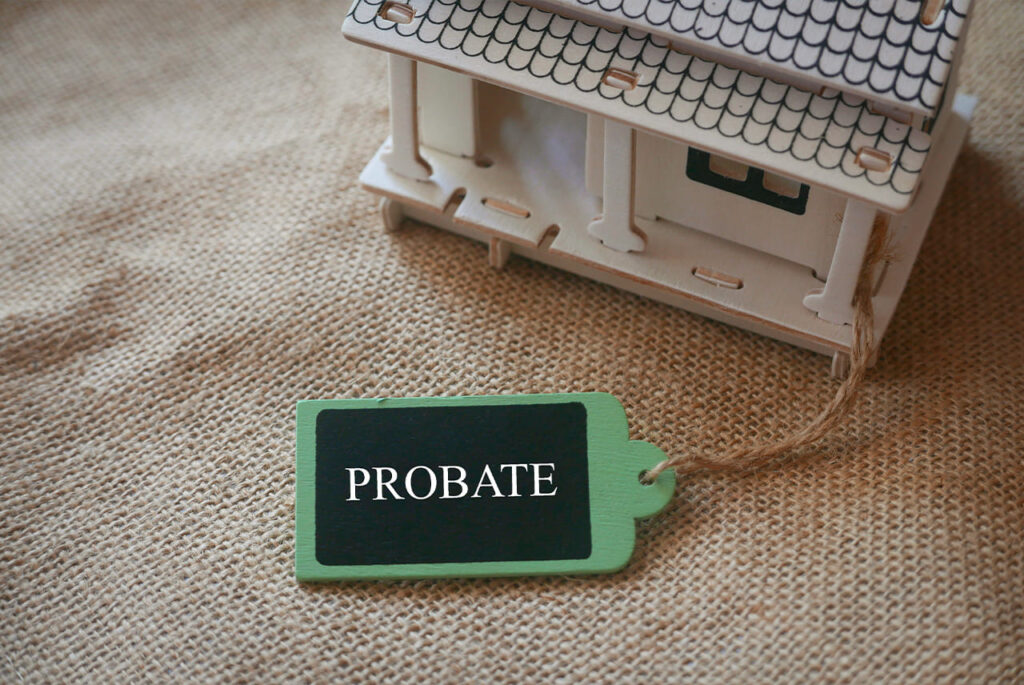In the realm of estate planning, revocable living trusts have emerged as a powerful and efficient tool, particularly for real estate owners in New York. This blog aims to shed light on the advantages of living trusts over traditional Wills, emphasizing the critical role they play in avoiding the major delays associated with probate proceedings in the state as well as preserving privacy of your gifts/bequests at death. Specifically, we will explore how living revocable trusts operate, detailing the unique benefits they offer in terms of control, efficiency, and protection against the complexities of future incapacity. For real estate owners in New York, the advantages of living trusts over Wills are undeniable. The expeditious transfer of assets, control retention by the grantor, and the ability to address future incapacity make living revocable trusts an invaluable tool in estate planning. By embracing living trusts, individuals can navigate the legal landscape more efficiently, sparing their loved ones from the delays and trauma often associated with probate proceedings and guardianship appointments.

The Probate Predicament in New York:
Probate proceedings in New York are notorious for their protracted delays, often causing considerable stress and financial strain on families. Real estate owners, in particular, face significant challenges due to the lengthy probate process, which can tie up their assets for an extended period. In contrast, living trusts provide a streamlined alternative that allows for the efficient transfer of assets without the need for probate.
Living Revocable Trusts: A Beacon of Control and Efficiency:
Living revocable trusts serve as a dynamic solution to the probate conundrum. Unlike Wills, which come into effect only after death, living trusts are established during the grantor’s lifetime and do not need to be probated or submitted to court for approval and trustee appointment. One of the key advantages lies in the grantor’s ability to retain control over the trust until their death or incapacitation.
The grantor, often the property owner in the case of real estate, maintains the authority to manage and make decisions regarding the trust assets. This control not only ensures a smooth transition of ownership but also allows for adjustments or amendments to the trust as circumstances change.
Avoiding Costly and Lengthy Guardian Appointments:
An often overlooked aspect of estate planning is preparing for the possibility of future incapacity. Wills, while effective in distributing assets upon death, lack the foresight to address scenarios where the individual becomes incapacitated during their lifetime.
Living trusts fill this crucial gap by facilitating a seamless transition of control without the need for a court-appointed guardian. In the event of the grantor’s incapacity, the successor trustee, designated by the grantor in advance, assumes control of the trust without the necessity of a costly and lengthy court proceeding. This not only safeguards the grantor’s interests but also spares loved ones the emotional and financial burden associated with guardianship battles.
By following these simple 6 steps and seeking professional guidance, individuals can establish a living trust that not only addresses their immediate needs but also provides a comprehensive solution for future circumstances.
- Consult with an Estate Planning Attorney:
Seek the guidance of an experienced estate planning attorney in New York. They will assist in understanding your specific needs and drafting a comprehensive living trust document. - Identify and List Assets:
Create an inventory of assets to be included in the trust. This may include real estate, bank accounts, investments, and personal property. - Choose a Trustee:
Select a trustworthy individual or institution to act as the successor trustee upon your demise or incapacity. This person or entity will manage the trust assets according to your instructions. - Draft the Living Trust Document:
Work with your attorney to draft a legally sound living trust document. Specify how the assets should be distributed and any conditions or provisions you want to include. - Fund the Trust – the most important step, often overlooked by estate planning professionals and client alike
Transfer ownership of identified assets into the trust. This step is crucial for the trust to be effective in avoiding probate. - Review and Update:
Periodically review and update your living trust to reflect changes in assets, family situations, or personal preferences.
Frequently Asked Questions (FAQ)
A living revocable trust is a type of trust that the grantor can modify or revoke during their lifetime. The grantor establishes the trust, transfers assets into it, and retains control until death or incapacitation. This flexibility allows for adjustments, amendments, or even the dissolution of the trust if circumstances change.
- Probate Avoidance: Living trusts bypass the probate process, reducing delays and providing a quicker distribution of assets.
- Control: The grantor maintains control over trust assets, ensuring the ability to manage, modify, or revoke the trust as needed.
- Privacy: Unlike probate, which is a public process, living trusts offer a more private way to transfer assets.
Yes, living trusts are particularly advantageous for real estate owners in New York. By placing real estate assets into a living trust, the probate process is avoided, ensuring a smoother transition of ownership and reducing the financial and emotional strain on beneficiaries.
Living trusts include provisions for the appointment of a successor trustee. In the event of the grantor’s incapacity, the designated successor trustee seamlessly assumes control over the trust, eliminating the need for a court-appointed guardian. This ensures a more efficient and less traumatic process for managing the grantor’s affairs.


